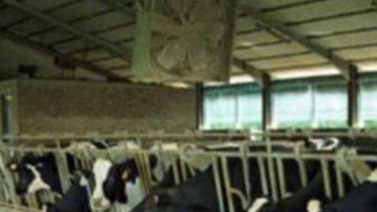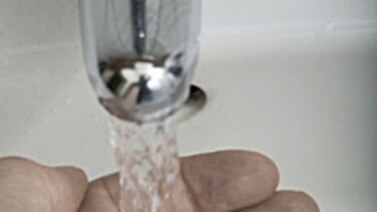This is the VOA Special English Development Report.
Food that has come in contact with floodwaters can sicken anyone who eats it. Water from floods may contain animal and human waste. It can also contain other pollutants like chemicals from agriculture and industry.
After a flood, food safety specialists at the United States Department of Agriculture have this advice:
Throw away anything that is not stored in a waterproof container if there was a chance of contact. Food containers that are not waterproof include those with screw caps, snap lids, pull tops and crimped caps.
Also, throw away boxes of juice, milk or baby formula if they have come into contact with floodwater.
The Department of Health in the state of Minnesota says you should throw away anything in soft packaging. And the Extension Service at North Dakota State University offers other advice:
Do not save plastic bags of food even if boxes or containers inside the bags appear dry.
Do not eat fresh produce from the garden if it has come in contact with floodwater. To be safe, have the soil tested.
And throw away screw-topped or crimp-topped jars and bottles even if they have never been opened.
Glass jars and bottles of home-canned foods should be thrown out as well. Experts say the containers cannot be effectively cleaned after a flood.
Throw away damaged metal cans or hard plastic containers. Do not use cans that are swollen or leaking, or that are rusted or crushed.
But food safety experts say that some unopened, undamaged all-metal cans can be saved. First, remove any labels. The paper may contain dirt and germs from the floodwater. Wash the cans with soap and water, and brush or wipe away dirt. Use hot water and water that is safe for drinking if they are available.
Next, place the cans again in water and heat the water to one hundred degrees Celsius. Boil the cans for two minutes.
Another way to disinfect the cans is in a freshly made solution of chlorine bleach. Use eight drops of unscented liquid bleach for every four liters of water. Use drinking water or the cleanest, clearest water available. Place the cans in the solution for fifteen minutes.
Let sanitized cans air-dry for at least one hour before opening or storing them. And relabel the cans with a marking pen to list their contents and any dates when the foods are best used by. Experts advise using the cans as soon as possible.
And that’s the VOA Special English Development Report. You can read, download and comment on our reports at voaspecialenglish.com. I'm Fritzi Bodenheimer.





